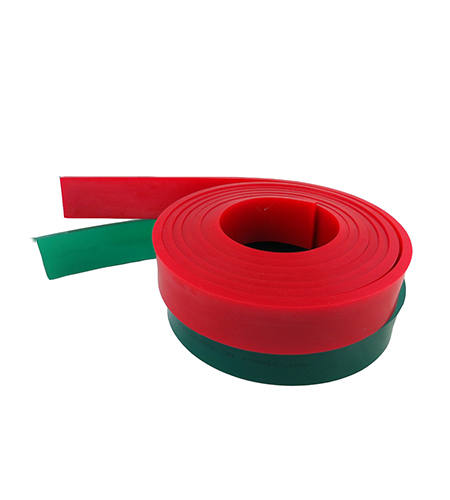1. Screen printing process of glass
According to the principle of screen printing, the ink is printed on the surface of the glass, and then the curing measures of the ink are used, and the printed pattern is firm and durable. The process flow is as follows: 1) Stretching, sizing, drying, printing, developing, drying 2) Flat glass, cutting, edging, cleaning and drying, printing, sintering
1. Glass suitable for printing
According to the user's requirements, the glass can be cut in a regular shape or an irregular shape, then chamfered and ground, then cleaned and dried for use. Special attention should be paid here, there should be no water marks on the glass surface.
2. Selection of wire mesh
The screen printing plate for glass printing is the same as the general screen printing plate. The glass screen printing plate uses synthetic fiber screen, stainless steel screen and natural fiber screen. When printing general pigments, the above-mentioned screen can be used, and generally cheap synthetic fiber screen is used; when used as gold and silver decoration, stainless steel screen cannot be selected. The specifications of the wire mesh are generally 270 to 300 mesh.
3. Selection of screen frame
At present, the more formal and less deformed screen frame is the aluminum alloy screen frame, and its size should be larger than the pattern. The specific size should be that the outer edge of the pattern should be between 70 and 100mm from the screen frame. In addition, the strength of the screen frame is very important. The key is that the rigidity in the horizontal direction is sufficient.
4. Stretching the net
The wire mesh and the mesh frame are selected, and the two are combined, which is the stretch mesh. There are many ways to stretch the net, which can be manual, motorized, and pneumatic. At present, the more advanced one that can stretch high-quality screens is the pneumatic stretcher. The requirements for stretching the net are that the tension is uniform, the warp and weft lines of the net are kept vertical, and the glue of the net should be firm and not slack.
5. Choose photosensitive glue
At present, the commercially available photosensitive adhesives include dichromate, diazonium and iron salts. The requirements of screen printing plate making for photosensitive adhesive are: good plate making performance and easy coating. The photosensitive spectrum ranges from 340 to 440 nm, with good developing performance, high resolution, good stability, easy storage, economical and hygienic, non-toxic and pollution-free. The requirements of printing on photosensitive materials are: the plate film formed by the photosensitive material adapts to the performance requirements of different types of inks, has a considerable printing resistance, and can withstand a considerable number of scratches by a squeegee; No peeling failure; easy to peel off, which is conducive to the recycling of screen plates.



